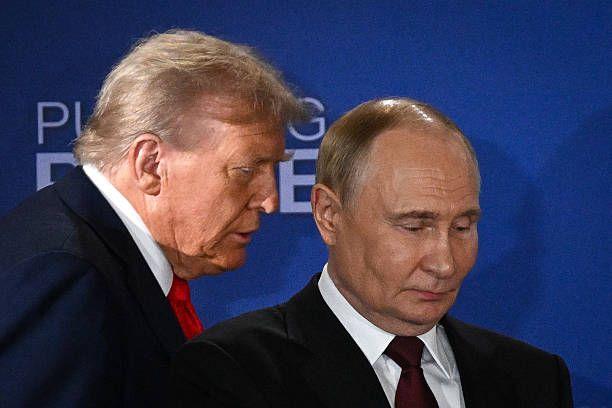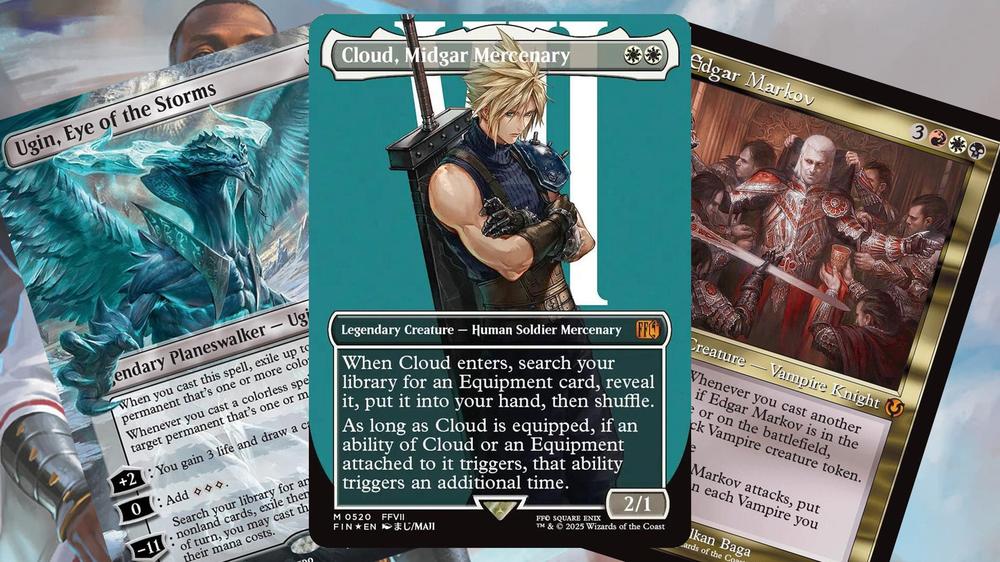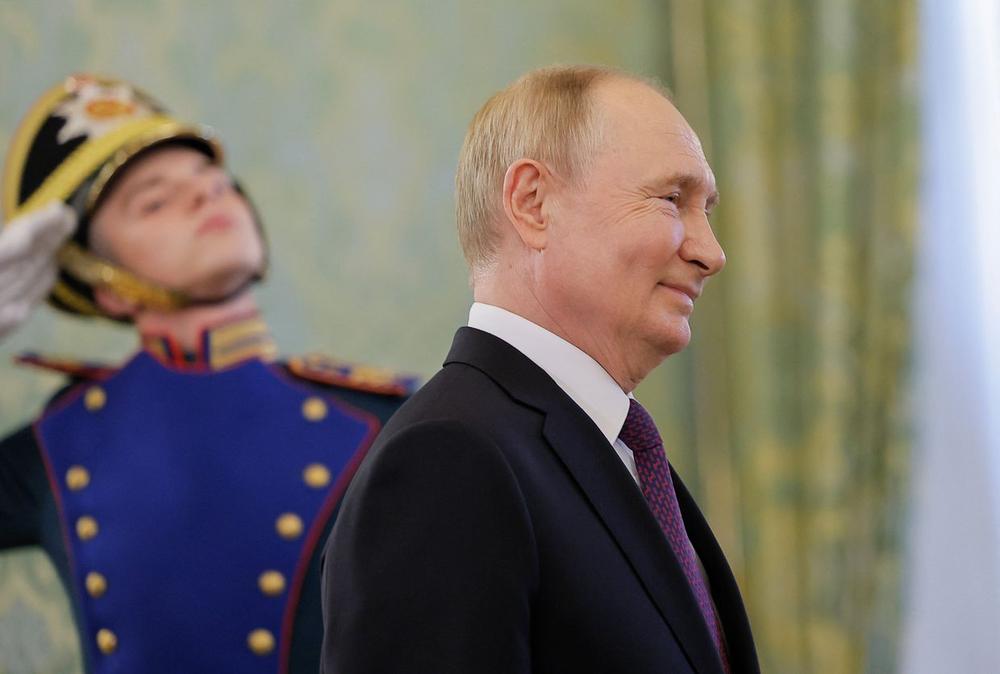Following a meeting with Russian President Vladimir Putin in Alaska, U.S. President Donald Trump has dropped demands for a ceasefire in favor of a comprehensive peace deal that would include giving up unoccupied Ukrainian territories to Russia — but he promises that security guarantees will be part of the deal.
The Americans rolled out the red carpet for Putin as he arrived in Anchorage, Alaska, on Aug. 15 for a bilateral summit on ending the war in Ukraine. The two leaders spoke for three hours, although no peace agreement was made.
After the meeting, Trump said the two leaders made some headway towards peace, and "largely agreed" on security guarantees for Ukraine and territorial swaps, which would require Ukraine giving up some land to Russia.
A Ukrainian Presidential Office source earlier told the Kyiv Independent that Moscow's proposal would require Kyiv to withdraw from the Ukrainian-controlled parts of the partially occupied Donetsk and Luhansk oblasts in exchange for a Russian pullback from parts of Sumy and Kharkiv oblasts.
Trump emerged from the meeting believing that a deal could be reached if Kyiv gave up unoccupied Ukrainian lands — namely the entire Donbas region in eastern Ukraine — in exchange for peace, the New York Times (NYT) reported, citing two European officials briefed on the matter.
Axios journalist Barak Ravid reported, citing a source familiar with the talks, that Putin asked Trump to recognize Ukraine’s Donetsk, Luhansk, Zaporizhzhia, and Kherson oblasts as Russian, along with Crimea.
The day after the summit, Putin appeared pleased with the results.
"We talked about a possible resolution to the Ukrainian crisis. And we had the opportunity to talk about the origins and causes of the crisis. It is precisely the elimination of these root causes that must form the basis for a settlement," Putin told the Russian government back in Moscow on Aug. 16.
Putin has long justified the full-scale invasion of Ukraine with conspiracy theories about NATO expansion and the need to protect Russian-speakers in Ukraine — the "root causes" frequently referenced in Kremlin propaganda.
The reaction in Ukraine has been dismayed, with many concerned that Trump will pressure Zelensky into an unfair deal after the U.S. leader said he wants a "fast peace deal," rather than a ceasefire agreement.
What's next for Ukraine and Europe
Following the summit, the U.S. leader had a phone call with President Volodymyr Zelensky and several senior European and NATO leaders on Aug. 16. During the talk, he said that Putin would prefer a more comprehensive peace deal rather than a ceasefire; a position which he later publicly backed in a Truth Social post.
"It was determined by all that the best way to end the horrific war between Russia and Ukraine is to go directly to a Peace Agreement, which would end the war, and not a mere Ceasefire Agreement, which often times does not hold up," he wrote on Truth Social after the call.
He invited Zelensky, who was excluded from the Alaskan summit, to Washington on Aug. 18, where the two leaders will discuss ending the war, including Trump's proposal to give up Ukrainian territories to Russia. Afterwards, Trump wrote on Truth Social that he wants to have a meeting with Putin "if all works out."
Zelensky previously said he would not give up territories for a peace agreement, and insisted on a ceasefire being the first step.
European leaders tepidly welcomed Trump’s diplomatic efforts, including his proposal of trilateral talks between Kyiv, Washington, and Moscow, and will hold a "coalition of the willing" meeting, attended by the U.K, France, and Germany, on Aug. 17, the French Embassy told the Kyiv Independent.
Trump also invited European leaders to join Zelensky for the Washington meeting on Aug. 18, the New York Times reported on Aug. 16, citing unnamed officials.
Security guarantees
The most positive sign for Ukraine to come out of the Alaska Summit so far is the potential for U.S. security guarantees in the style of NATO's "Article 5" CNN reported, citing anonymous European officials. These guarantees would not directly involve NATO.
According to a source who spoke to the NYT, U.S. troops could potentially participate in supporting security in Ukraine after a peace settlement.
"We will continue to prioritize Ukrainian security. Ukraine needs strong, credible, long-term security guarantees, including sustained support from Europe, the United States, and other partners to strengthen its armed forces,” an EU official told the Kyiv Independent.
In a statement, the European Commission said it welcomed Trump's negotiation efforts and is ready to support Trump;s security proposal. However, the EC n made it clear that Ukraine must be the one to decide the fate of its territory and that "borders must not be changed by force."
"No limitations should be placed on Ukraine's armed forces or on its cooperation with third countries. Russia cannot have a veto against Ukraine‘s pathway to the EU and NATO," Brussels added.

 Final Fantasy Dominates The Top-Selling Magic: The Gathering Cards of 2025 So Far
Final Fantasy Dominates The Top-Selling Magic: The Gathering Cards of 2025 So Far